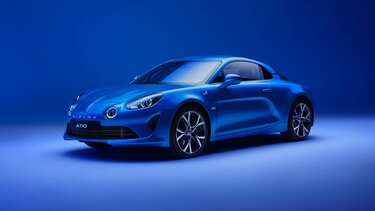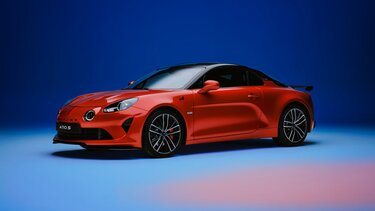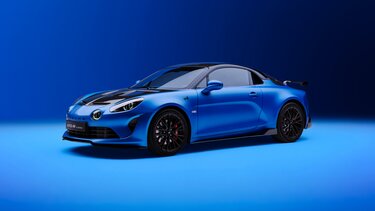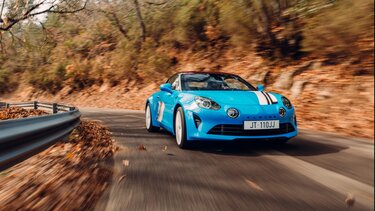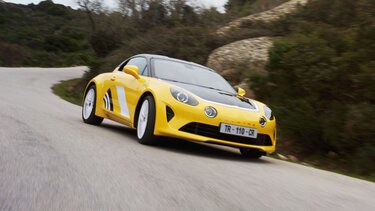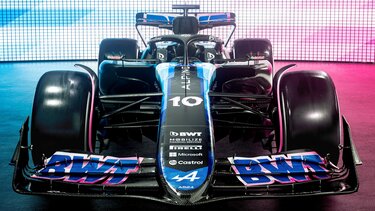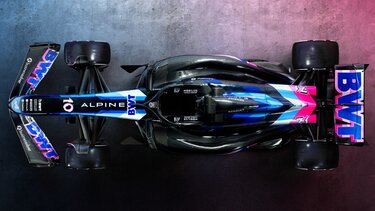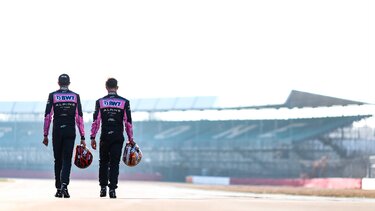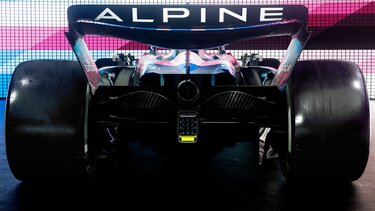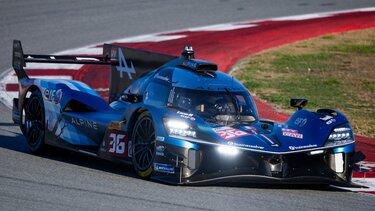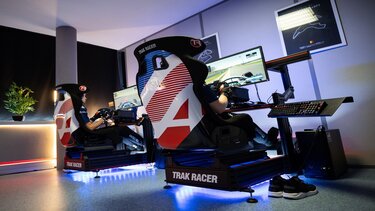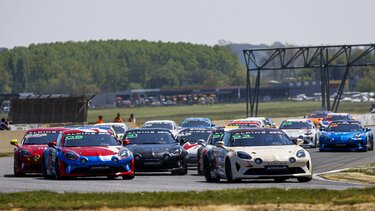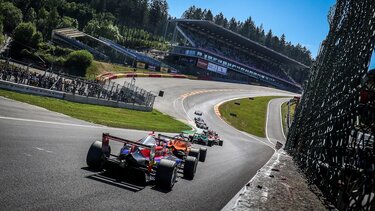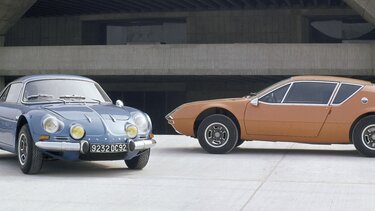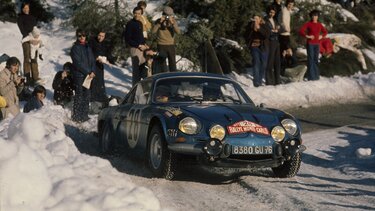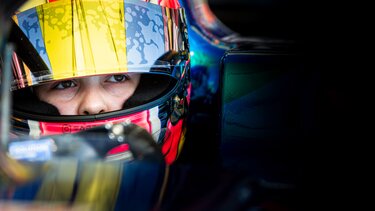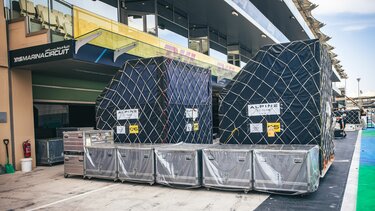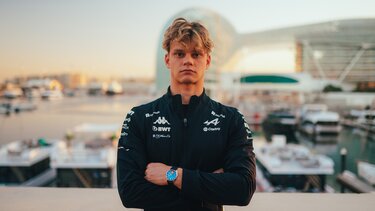The Logistics of an F1 Flyaway
12.09.2024
With Formula 1’s European leg over the final third of the season begins with this weekend’s Azerbaijan GP, the first of a run of eight flyaway races.
The trucks that moved the team around Europe are thus parked until next season, and instead from September until December everything travels by freight.
However while the race cars, power units, spare parts and essential garage equipment move by air and will follow the familiar race calendar from Baku to Abu Dhabi another and more complicated sea freight schedule operates in parallel.
The cost and logistical complications of air freight mean that like others F1 teams we send as much as we can by ship to each flyaway race, a process that involves a great deal of careful forward planning.
In fact the team has multiple sets of equipment that travel around the globe, in effect leap-frogging each other.
“A sea freight set consists of all of our large, heavy items so that we can mitigate against the air freight cost,” says team manager Rob Cherry.
“What you find in sea freight in our case is all of the garage panelling, pit stop gantries, pit walls, tables, chairs - anything that is relatively low cost and heavy it’s a no-brainer to replicate it and put in your sea freight sets. With the price of air freight at the moment, it's a must.”
A set freight set is comprised of four and a third standard shipping containers, with everything carefully packed in a planned configuration.
“It sounds a bit of an odd number, doesn't it?,” Rob admits. “You effectively pay for volume within the container. You could say well, if I need more than four, should I get five?
“However, the shipping companies sell you space within that, so we take what we need, and someone else will use that other space. It's partitioned off, and it's separated.
“A lot of our sea freight travels in what we call stillages. And they're effectively a heavier version of an air freight shack. They're generally made of steel with covers over them.”
Those stillages slip neatly into the shipping containers in a precise order that is replicated at the end of every race weekend.
One intriguing detail is that in order to comply with the FIA Financial Regulations and the demands of the cost cap the freight is carefully split between race operations and marketing – the first comes under the cap and thus has to be accounted for, whereas marketing costs are outside the cap.
“It’s split from the financial side of it, from a cost cap point of view,” says Rob. “Some of it is race team and some of it is marketing.
“The things for hospitality, catering and other marketing activities are in two containers, and the other two and a third are what we deem to be race team. That's operational equipment, the pit walls, the garage and the other equipment."
So why does the team need many sets of sea freight? Well to give you an idea of how it works the first four events of the 2024 season in Bahrain, Saudi Arabia, Australia and Japan saw four different sets in play.
At round five in China the set that left Sakhir some six weeks earlier was used for a second time. And then for Miami, on the other side of the world, another set was present. The sets also travel to European races by road, so the sixth first saw 2024 action at Imola, and will end its season in Qatar.
The general idea is that the schedule has a regional focus, so for example the Miami set went on to Canada and will be in Austin and then Las Vegas, while the Australian set will be used in Singapore and then at the Abu Dhabi finale. The set in Azerbaijan this weekend was last in use at Suzuka.
Aside from the obvious cost savings there’s also an important timing element to using sea freight, as it gives us a head start in terms of readying the garages and hospitality units at each venue.
“With all these double and triple headers it’s very useful to have another set that goes into the country in advance,” says Rob. “So for instance, when we’re in Azerbaijan our sea freight is already going into Singapore.
“What that allows us to do is have people flying in on the Friday. So while we're in Azerbaijan, they will be in Singapore, preparing to work on Saturday, and ready to start setting up.
“That set-up crew is a combination of some Enstone employees along with some contractors.”
“All of our electrical infrastructure and the majority of our IT infrastructure and the engineering office can all be pre-assembled, and can be set up in advance. If everything was in air freight, we wouldn't have that luxury.
“When the air freight arrives from the last race, we just concentrate on that. And that's the final pieces, the technical side of it, the car parts and the high value equipment – the things you just can't replicate.”
At the end of the year the sea freight sets are spread around the world in three locations. Some will stay in Dubai over the winter, more will remain in Houston, and the rest will return to the team’s UK storage facility in Witney. However, they won’t just sit waiting for the 2025 season to start.
“We also go out and service the sets,” Rob explains. “Because they need maintenance, as does anything. We're planning that at the moment.
“We'll send a crew out to Dubai over the winter. They’ll unload all the sets, audit them, and make any changes or repairs. We document things that are damaged as we go through the year. Some of it needs addressing immediately, while some remedial work can wait until the winter.
“It does become tricky when you start to do things like colourscheme changes for all of your garage panelling. So we have to be careful, because we can end up tripping ourselves up!
“And then we'll do the same the sets in the Americas, which are going to be based in Houston – we’ll send another crew out to do that.”
It is more economical to send people overseas to conduct the winter servicing than to bring the freight sets back to the UK.
“It sounds a little extreme,” Rob admits. “But the cost of shipping this stuff is still vast. Air freight is hugely expensive, but so is sea freight. It's cost efficient to leave it out there, and I think that's something that's starting to become more common across the other teams as well.”
F1 is a competitive business, but freight is one area where the teams do share information on the most efficient ways to move equipment around.

